

…became containers for processing emotion?
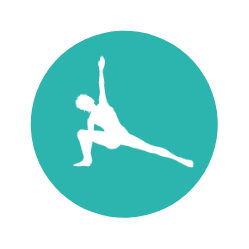
35+ Somatic Yoga Poses for Healing

Trauma-Informed Movements

Done-for-You Somatic Sequences

35+ Somatic Yoga Poses for Healing

Trauma-Informed Movements

Done-for-You Somatic Sequences
THE ONLY SOMATIC YOGA CERTIFICATION WITH…

A color paper manual that ships to your door

A detailed method for teaching both somatic group classes AND private sessions

A proprietary curriculum including movements for trauma

Feminine Form Kundalini techniques and teachings

Done-for-You PDF Sequences with music playlists

Direct access to Brett, leader in Somatic Yoga on Youtube (560K Subscribers)
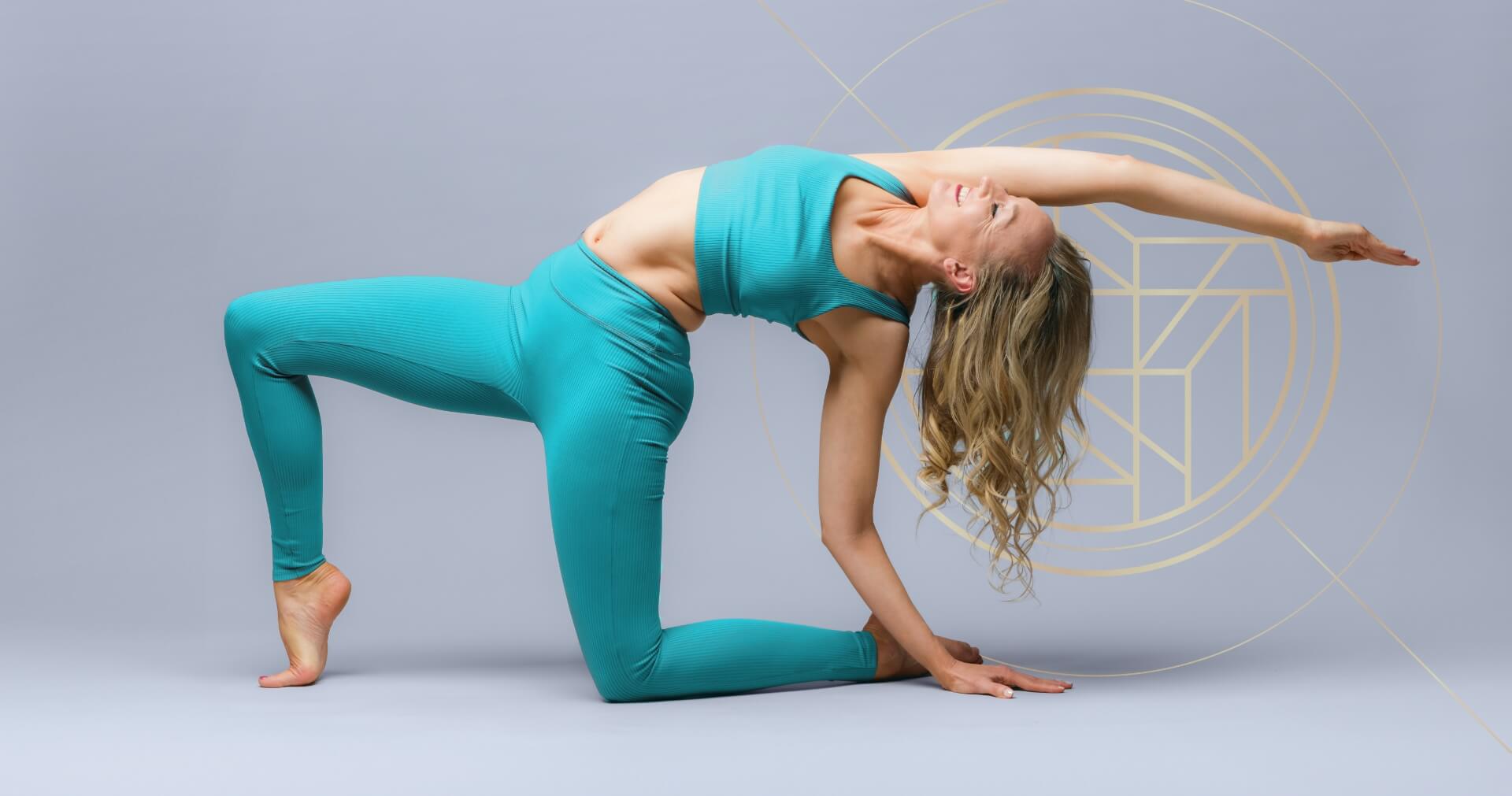
Watch Videos from Inside my Somatic Yoga Certification & Download my Somatic Sequences PDF & Playlists









Expand your teaching or personal practice with the most in-demand style of yoga today
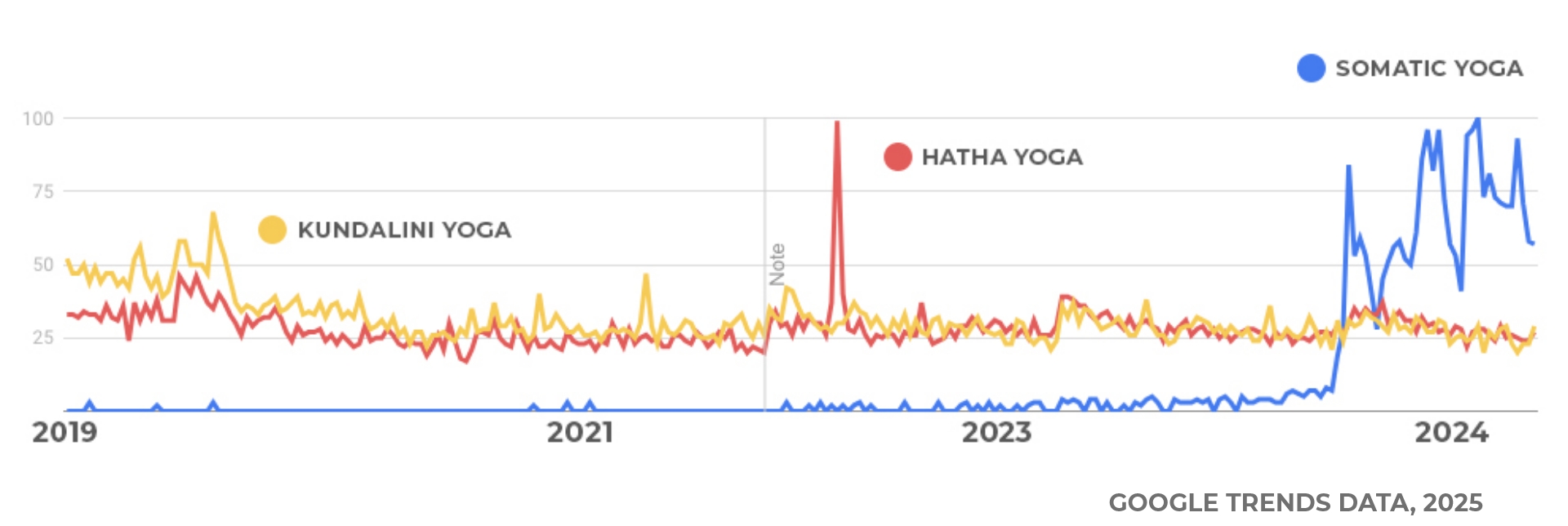

Instantly Access:


Assigned Somatic Practices Each Week to Embody What You’re Learning

Done-for-You Written Out Somatic Sequences with Music Playlists

Feminine Form Kundalini Methodology, Pose Manual, Done-for-You Sequences and Music Playlists

Movements for Non-Yogis and People with Trauma

Templates to Pitch Your Somatic Yoga Classes and Workshops to Studios

Somatic Yoga Training Highlights
Vagus Nerve& Polyvagal Theory
The Fascia & Segmental Armouring Theory
Vagus Nerve & Polyvagal Theory
Gradients in Somatic Work: What’s Appropriate for Whom?
Somatic Techniques for Trauma
Neuroplasticity & Closing the Stress Cycle






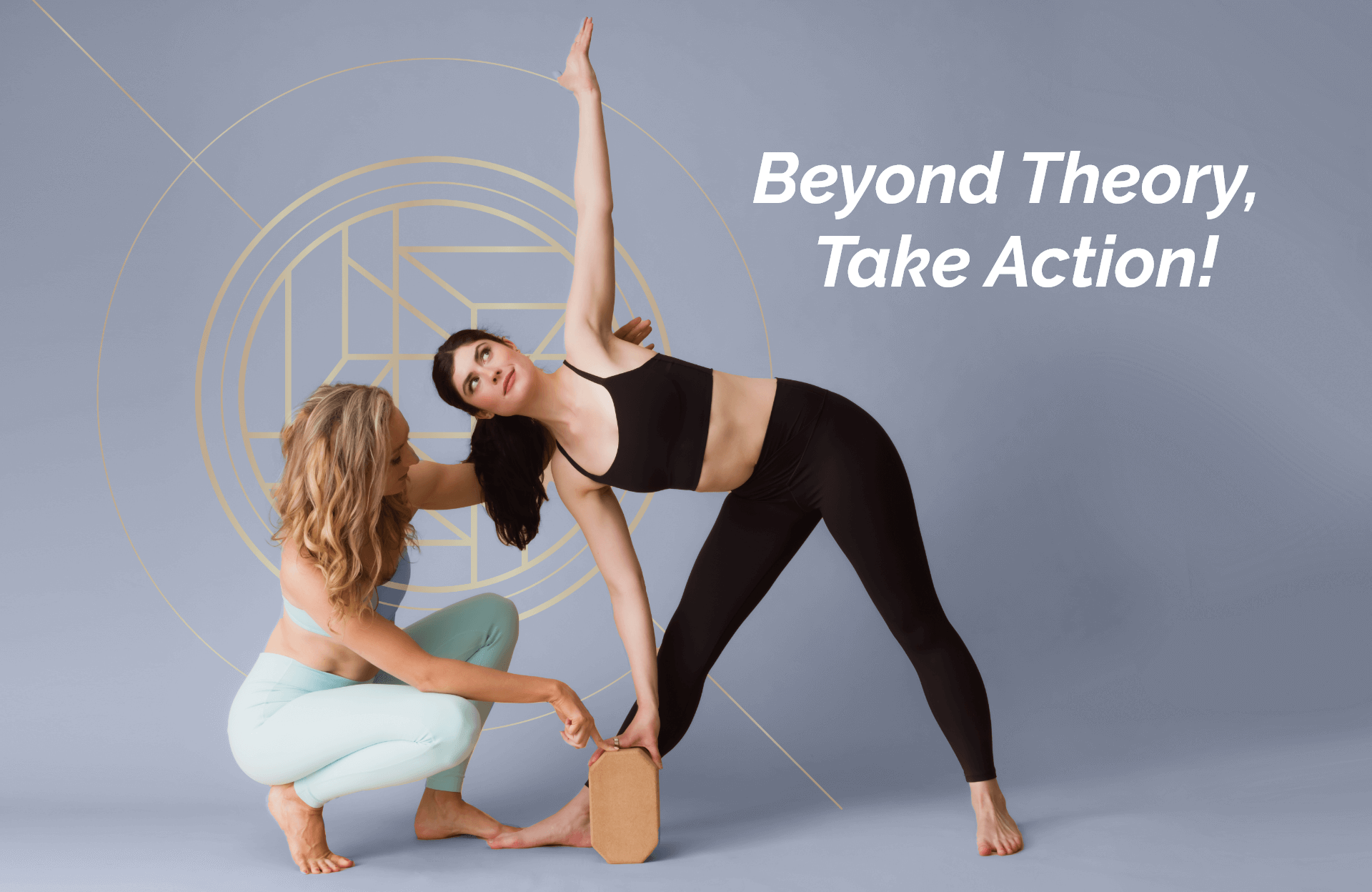
By the end of this Online Somatic Yoga Training you’ll know how to:

Teach Somatic Yoga to a Variety of Levels & Abilities

Adapt Kundalini Kiryas & Poses to be More Embodied

Design Gentle Somatic Routines versus Workouts versus Alchemical Containers

Incorporate Somatic Practices into Studio Classes

Create Experiences & Music for Emotional Processing

Aid Non-Yogis with Limited Movement Experience

Process Difficult Emotions like Grief or Shame through Movement

Pitch Somatic Yoga to Students & Studios
Start Today
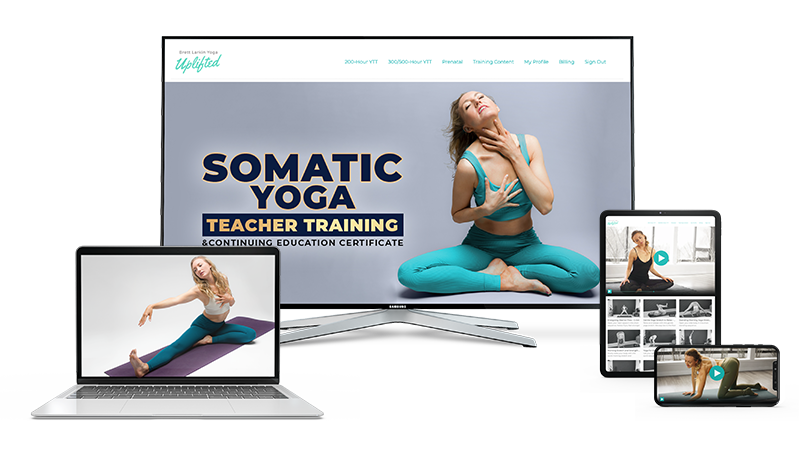

Download videos designed for tight schedules and on-the-go learning.

No hidden fees. Lifetime access.

Mailed to you Somatic Yoga Manual serves as a companion workbook to each video.
Pick your paTh
50-Hour Continuing Education Certificate




200-Hour Somatic Yoga Teacher






Somatic Yoga Life Coach





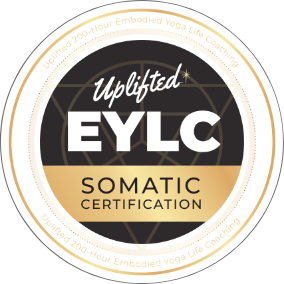
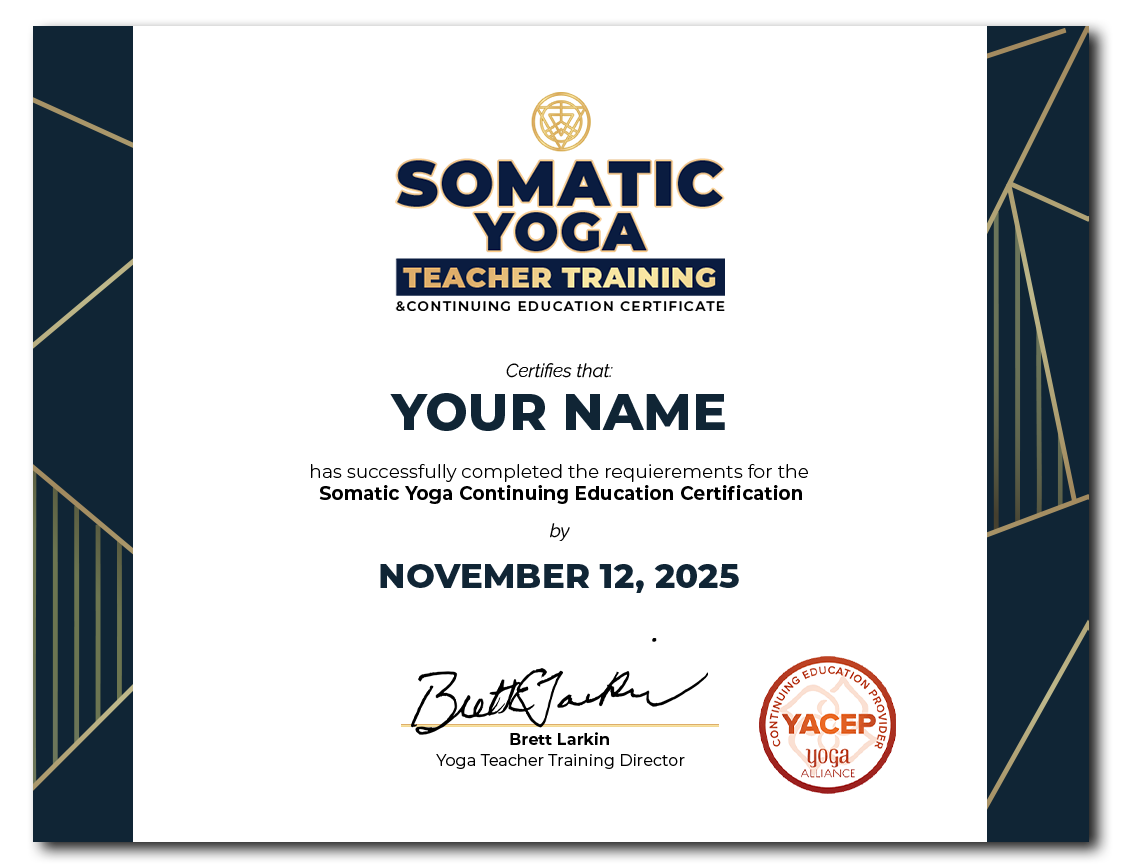
FAQ
How can I receive continuing education credits for this course?
Yes! Uplifted™ Somatic Training is eligible for non-contact continuing education training hours with Yoga Alliance. Yoga Alliance does not require a certificate, a receipt, or any documentation from you as a student when you log these hours. It’s “honesty policy.” They trust you’ve completed your coursework.
To log your CE hours with Yoga Alliance:
1. Log in to your Yoga Alliance account (you must be an active member, choosing to pay continuing annual dues to this).
2. On your member page, follow the link for “Training Hours” and follow the prompts.
3. When prompted, list your instructor’s name as “Uplifted Yoga.” If you can’t find us, also search “Brett Larkin.” You may also look us up at YA ID 193636.
4. When prompted, select the “non-contact CE” option, 50 hours, category Techniques, Training & Practice.
If you run into any difficulty in logging your hours, please contact Yoga Alliance directly by phone at 1-888-921-9642 or email at info@yogaalliance.org.
Does this somatic training program have Live Calls to practice teaching somatic movement and techniques?
How do I get my certification?
Can somatic exercises help with with trauma healing, personal transformation or chronic pain?
Can I move through this course on my own pace? Do I have lifetime access?
How is this training different from in person trainings?
How soon will I be able to teach somatics with this somatics training?
This self paced course is designed to get you teaching as soon as possible. Beyond the comprehensive somatic exercises manual, you’ll receive many written out somatic sequences and feminine form kundalini sequences so you can hit the ground running. Use these “done-for-you” sessions as a lunching off point for your own creativity, or implement them as is.
Beyond embodied poses and sequences, you’ll have the knowledge of somatic principles and a deeper understanding of somatic movement from within your core modules. This allows you to discern what techniques are appropriate for which student and personalize what your sessions.
It’s up to you when you want to implement your new somatic teaching skills, but with this course you’ll have everything you need to get started quickly, including how to pitch yourself to yoga studios.
